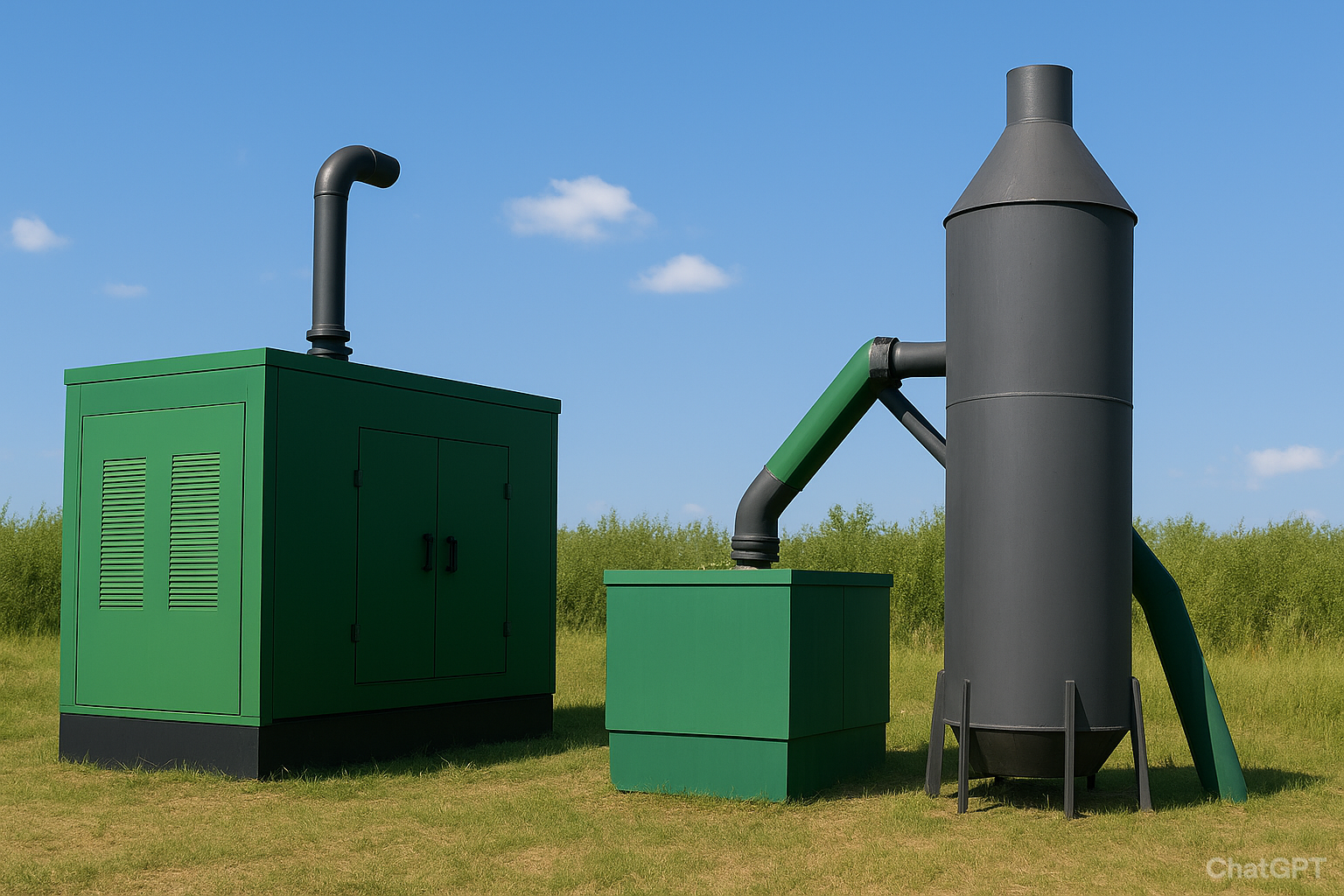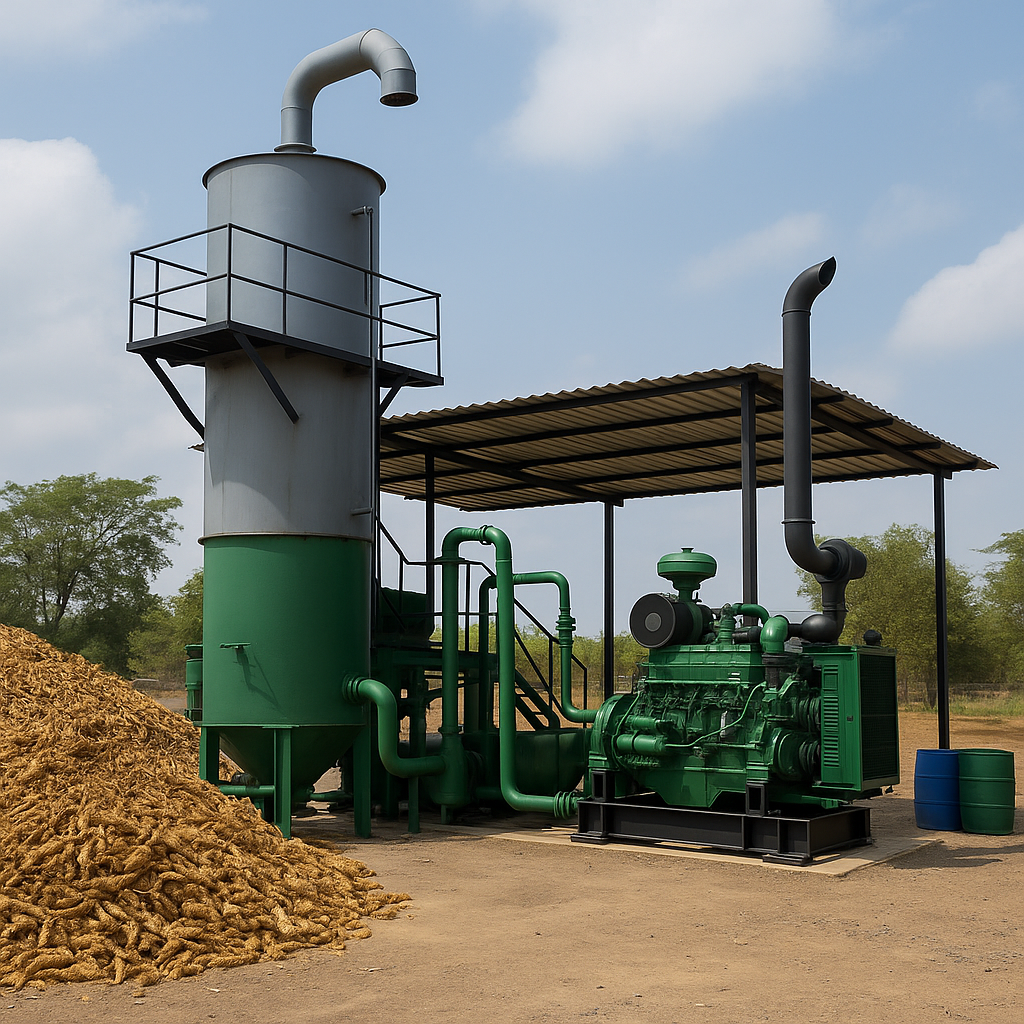Blogs & News

Biomass Gasifier: Harnessing Clean Energy from Crop Residue
India burns over 500 million tonnes of agri-waste annually, harming the environment. Biomass gasification offers a clean, decentralized energy solution—transforming rural pollution into rural power.

Biomass Gasifier Exporter from India – Supplying Clean Energy Worldwide
From Indian Farms to Global Power – Delivering Green Energy Across Continents. Around the world, communities and businesses are saying goodbye to expensive, polluting fuels like coal, diesel, and LPG.
Biomass Gasifier for Agro-Industries: Turning Agricultural Waste into Power
Agro-industries generate huge amounts of crop residues daily. Biomass gasifiers convert this waste into clean energy—reducing costs, cutting pollution, and ensuring reliable power for rice mills, sugar factories, food processors, and more.

Biogas Gensets & Biomass Gasifiers: Clean Alternatives to Diesel
Discover how Enersol Biopower’s biogas gensets and biomass gasifiers offer renewable, cost-effective, and sustainable power. A proven alternative to diesel for rural communities, agro-industries, and global energy needs.

Biomass Gasifier Manufacturer, Supplier & Exporter in India
Explore Enersol Biopower’s role in renewable energy with biomass gasifiers and biogas solutions — driving India’s clean energy transition, rural empowerment, and global sustainability.
